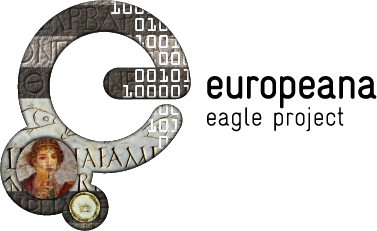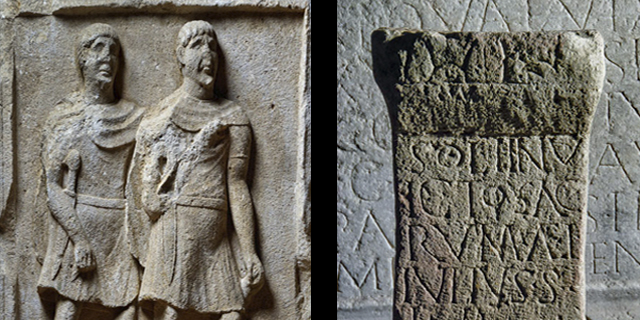The picture database lupa.at contains stone monuments (sculptures, reliefs, inscriptions, architectural pieces etc.).
Lupa is a non-commercial project dedicated to informing scientists and interested laypersons. The project’s scope ranges from prehistoric stone monuments to around the time of Justinian (500 AD). Due to its inception in Vienna, most project data at the moment is from the mid- and south-eastern european region. Lupa is open to expansion in any direction.
Bring your material
Lupa depends on support from the scientific community:
- Museums and collections allow lupa to include their monuments free of charge. Monuments or fragments are captured using the most advanced photographic and lighting techniques and prepared for on-screen viewing – at no cost to the museum or collection.
- Photography ideally takes place in darkness under artificial light, so as to show fine detail that would otherwise be lost. Picture usage rights of museums and collections will be respected. Photos can only be ordered (see section Ordering photos) if the copyright holder agrees.
- Scientists from the field will donate databases, print reproductions and other materials from their work. Between 2013 and 2016, databases and other electronic matrial can be merged into lupa free of charge. This will be financed by the EU-project EAGLE – Europeana network of Ancient Greek and Latin Epigraphy (Nr. 325122).
- Corrections, amendments, improvements etc. can be made by users at the bottom of each data set. The lupa team can also be contacted.
- Scientists or institutions can apply for direct access to the lupa servers, in order to input and edit material.
- Scientists can send their photographs to lupa for inclusion in the database (see Hints regarding improvised photography of monuments)

